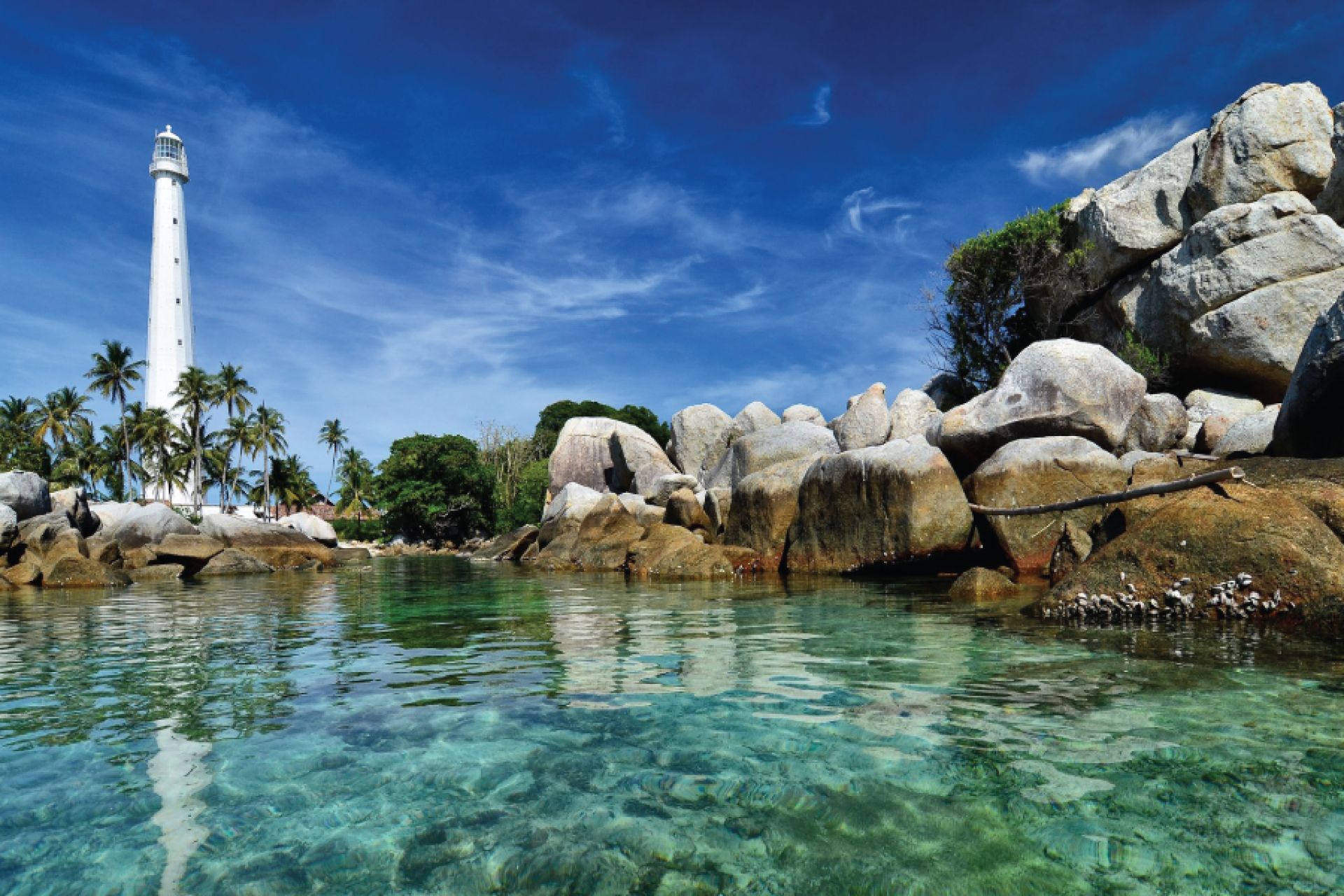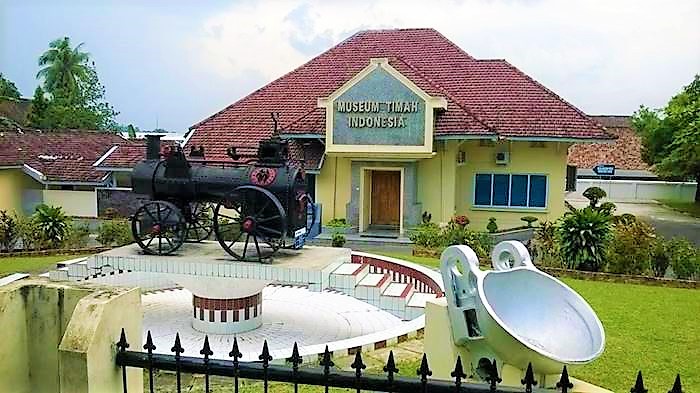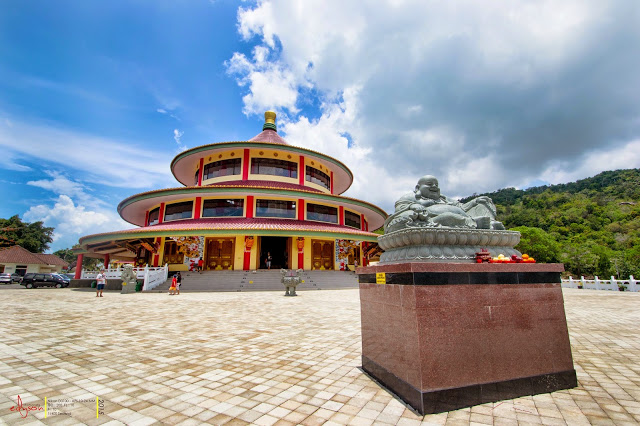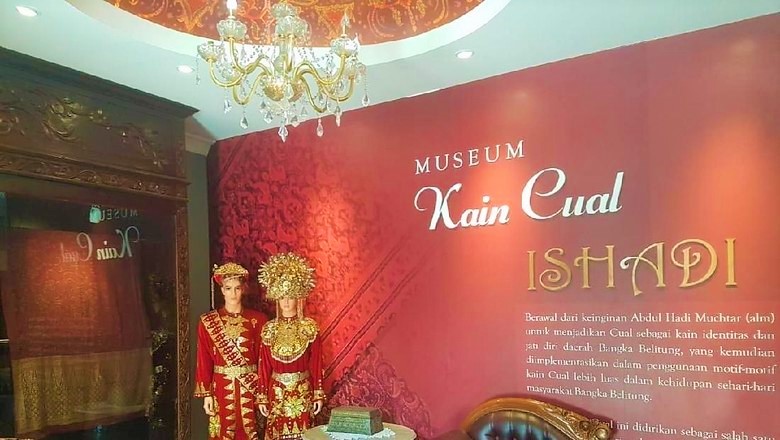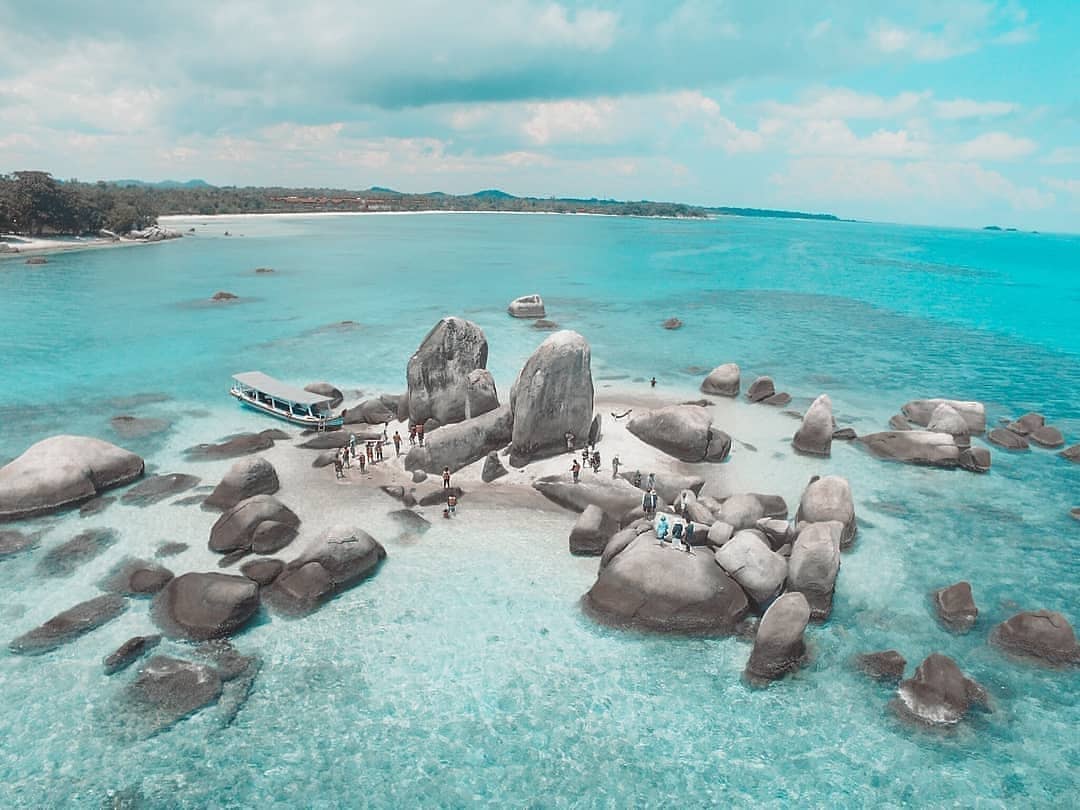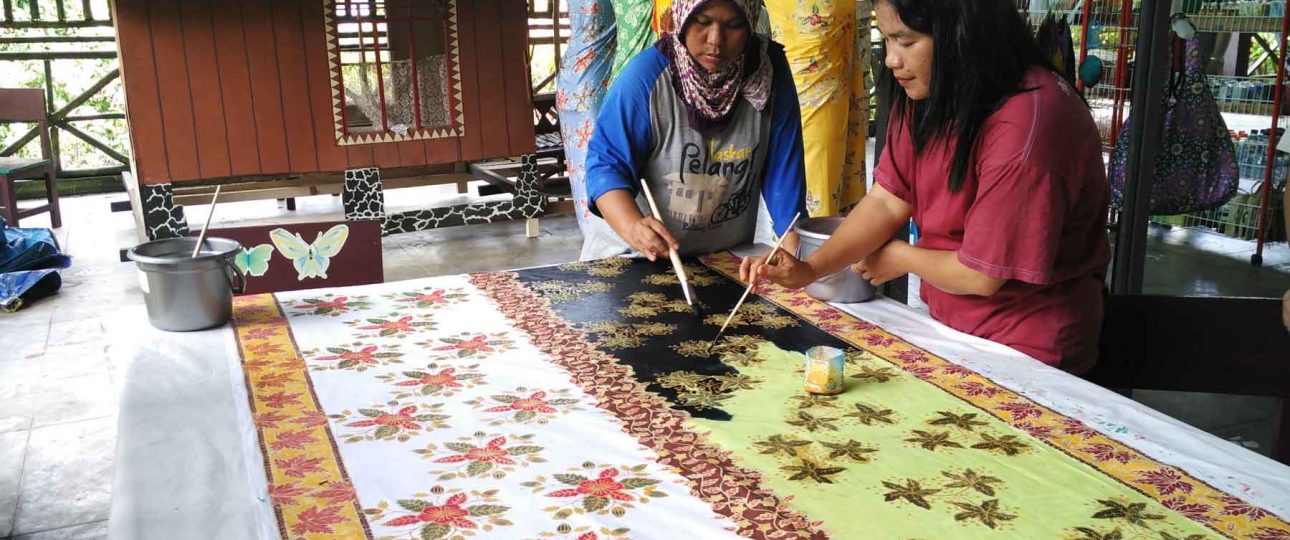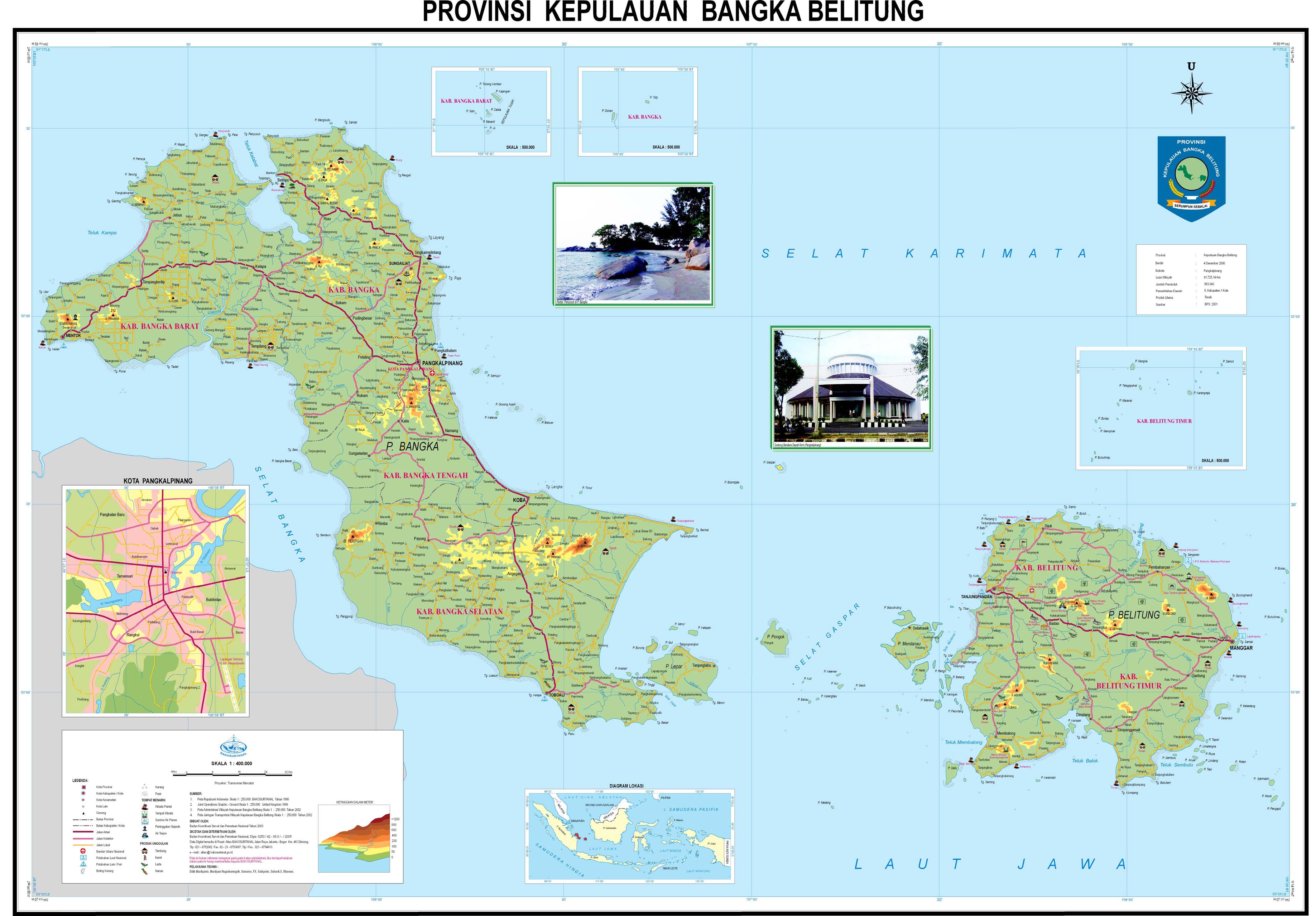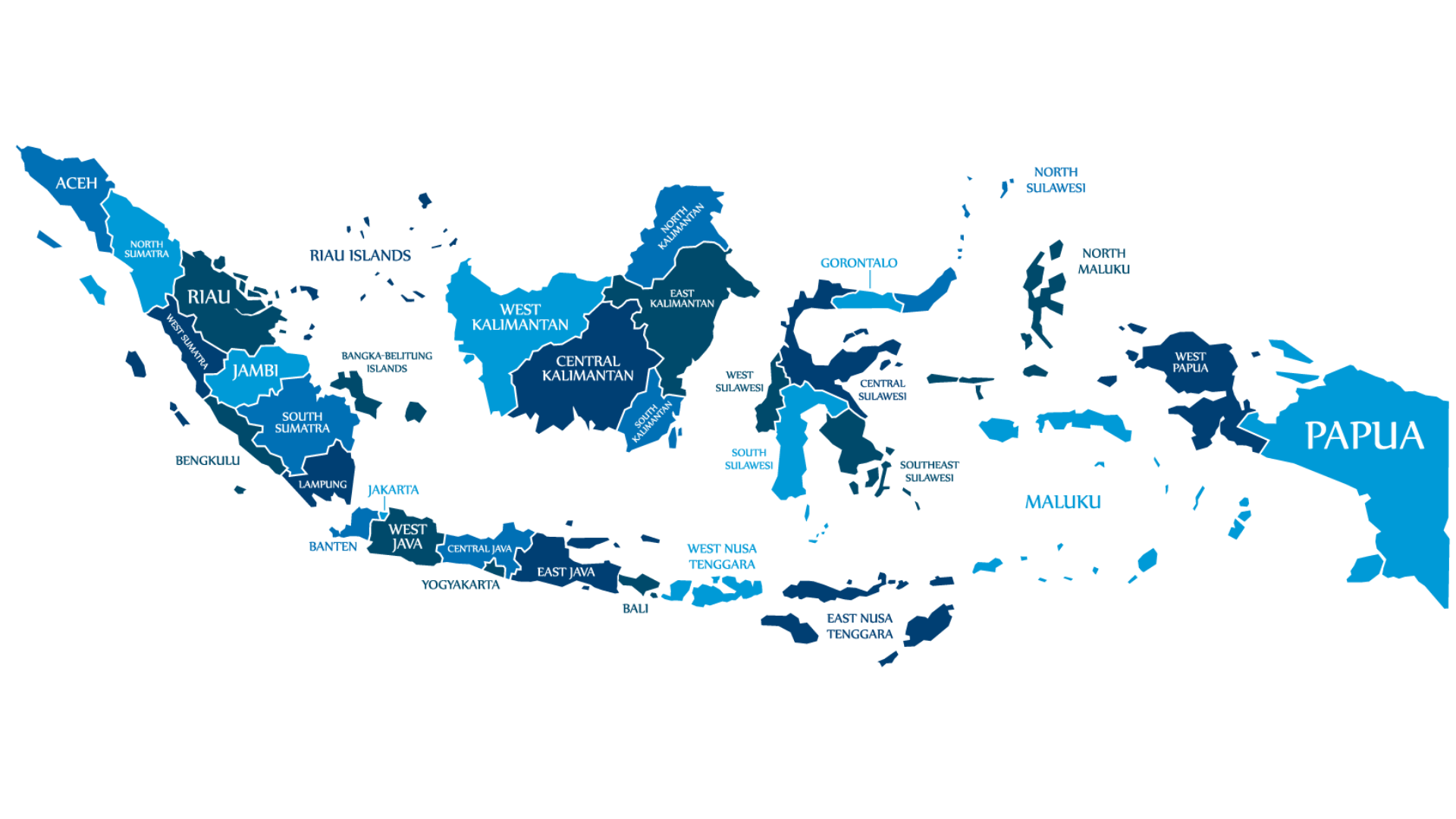Home / Batik Regions – Western Indonesia – Southern Sumatra – Bangka Belitung
Facts of the region
Discover Batik in Bangka Belitung
The Batik coloring process in Simpang Katis Village, Bangka Belitung (photo: @Babel Review)
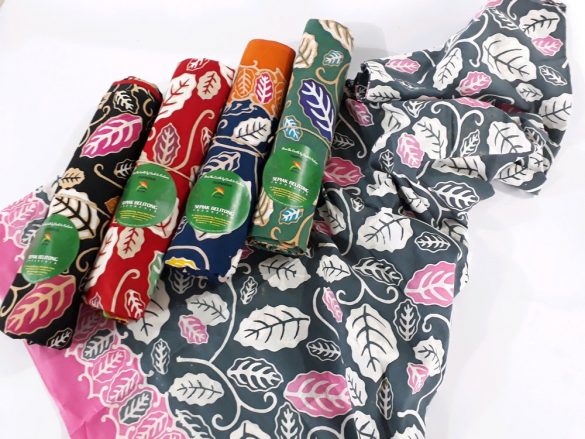
The variety of Batik in Bangka Belitung (photo: @Belitunginfo )
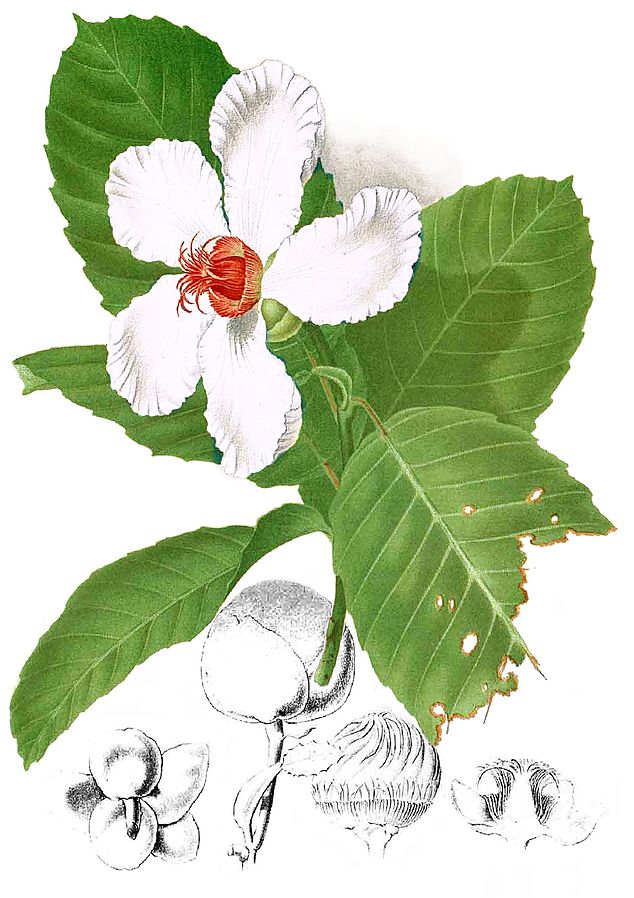
The Simpor Plant (Dillenia) as Batik motif inspirations in Bangka Belitung (photo: Blanco, Wikipedia)
The Textile from Granite Paradise
In Bangka and Belitung, the local communities recognize two types of textile heritage, namely Cual woven textile and Batik. The Cual tradition is a textile art practiced by communities living in Bangka and Belitung islands since the 17th Century. It was regarded as the highest type of textile art dedicated to royal families. In the last decades, in addition to Cual woven textile, Batik has started to be developed by the local communities. Batik allows broader expression of local communities towards nature while providing higher job opportunities for local people.
Textile Tradition in Bangka Belitung
Both Batik and Cual woven textile traditions are considered as important intangible cultural heritage of Bangka and Belitung. Its motifs and colorful patterns reflect the local wisdom of the community. The motifs are mostly the illustration of florals and the natural beauty of the region. For example, the flower motif in Cual woven textile signifies elegance and purity of a woman, while the dragon motifs are dedicated for men as it symbolizes the dignity, masculinity, and power.
Batik Motifs in Bangka Belitung
Batik Villages in Bangka Belitung
local batik workshop
Batik villages are the region where the Batik producers mostly reside. You could buy the Batik textiles from the artisans and participate in the making process of Batik on the site.
BangkA BelitunG
Visual Journey
in 1 Minute
Batik production in Bangka BElitung
The Granite Paradise
BangkA BelitunG
Lengkuas Island (photo: akurat)
About Bangka Belitung
Bangka Belitung is known as a tin-producing area. It has beautiful beaches and a multiethnic culture. The capital of the province is Pangkal Pinang. Bangka Belitung Islands community consists of several ethnic groups such as the Malays (native tribes), Javanese, Sundanese, Bugis, Banten, Palembang, Banjar, Madura, Aceh, Minang, Flores, Maluku, Manado and Chinese.
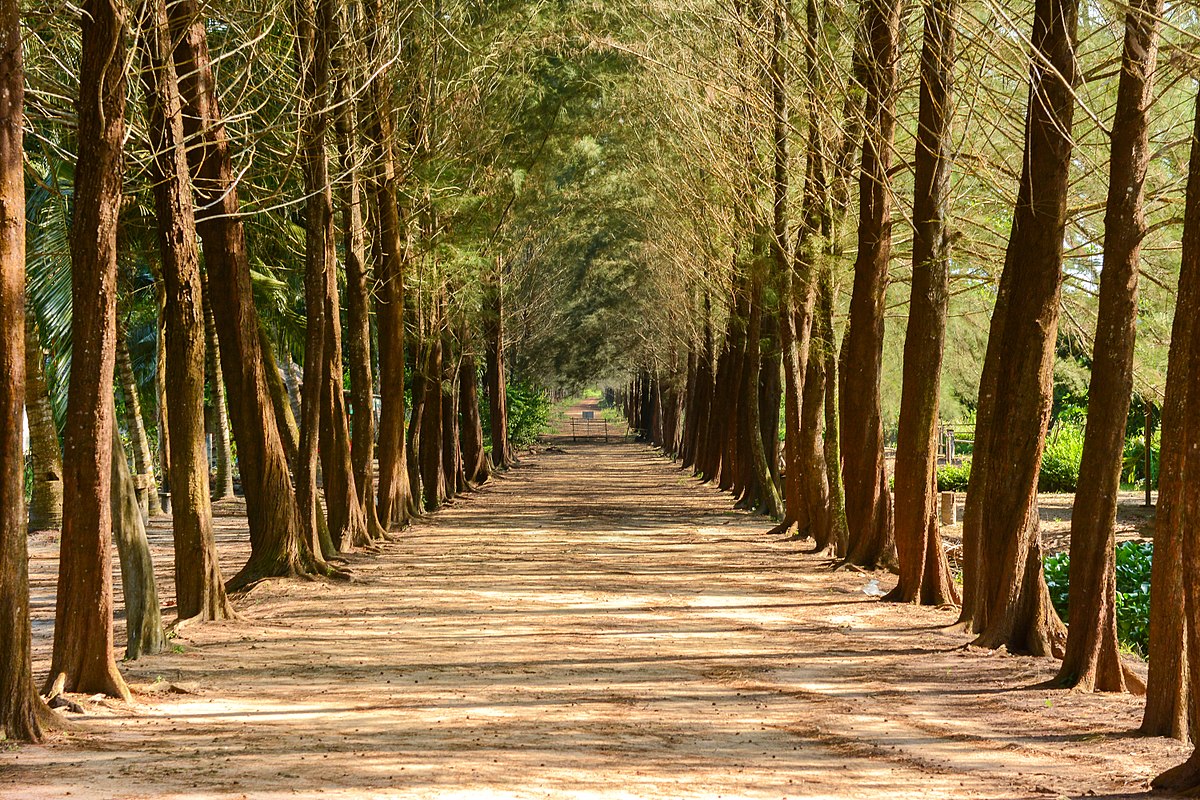
Facts of Bangka Belitung
Bangka Belitung Islands Province (abbreviated as Babel) is located close to Sumatra Island. Other than the two big islands – Bangka and Belitung- it has the chain of islands consisting of 470 islands, of which only 50 islands are inhabited. The province is bordered by the South China Sea in the northern part, the Java Sea in the south and Kalimantan Island in the east. It spans over a total area of 16,424.06 Km2 with a population of around 1,277,586 inhabitants.
Bangka island has a unique tropical nature diversity. The island comprises of the stunning scenery of mangrove forests, granite beaches and Pine trees (Photo: Alfons, Wikipedia).
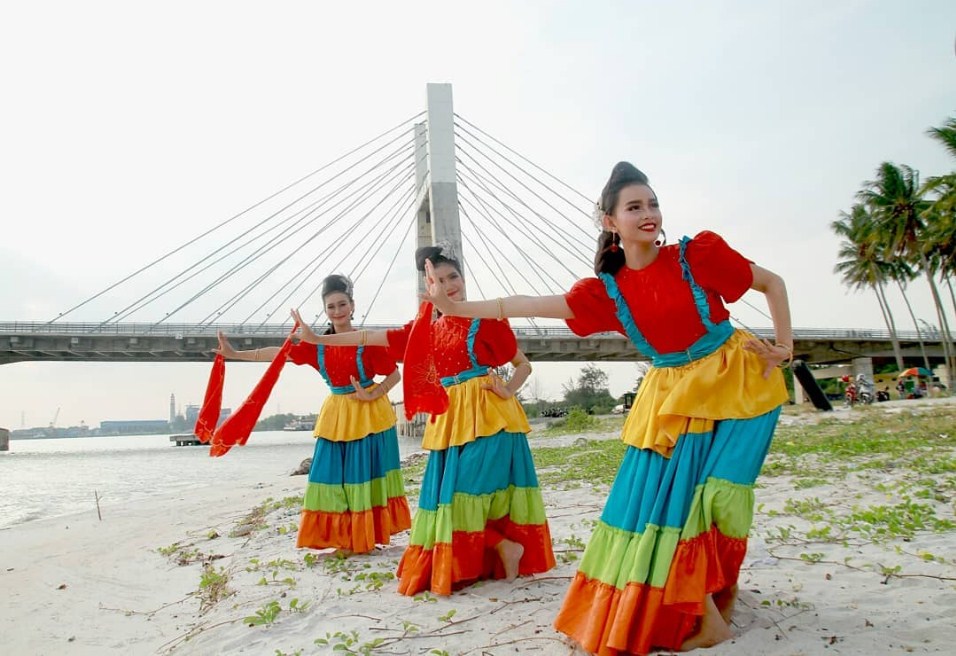
Highlight on Culture
Bangka Island and Belitung Island previously were the territories of the Kingdom of Srivijaya, Majapahit, and Mataram during the 10-18 Century. Then, Bangka Belitung became a British and Dutch colony during the 19-20th century, before the independence of the Republic of Indonesia in 1945. People of the Bangka Belitung Islands follow various religions with the majority of Muslim population (81.83%), Buddhists (8.71%) Kong Hu Cu (5.11%) Christians (2.44%) Catholics (1.79%) and Hindus (0.13%).
One of the traditional dances in Bangka Belitung is Campak Dance (photo: kenalibudaya). This dance is performed by male and female dancers in the celebration. It represents the social harmony and happiness of the coastal community.
Tourist Attractions in Bangka Belitung
